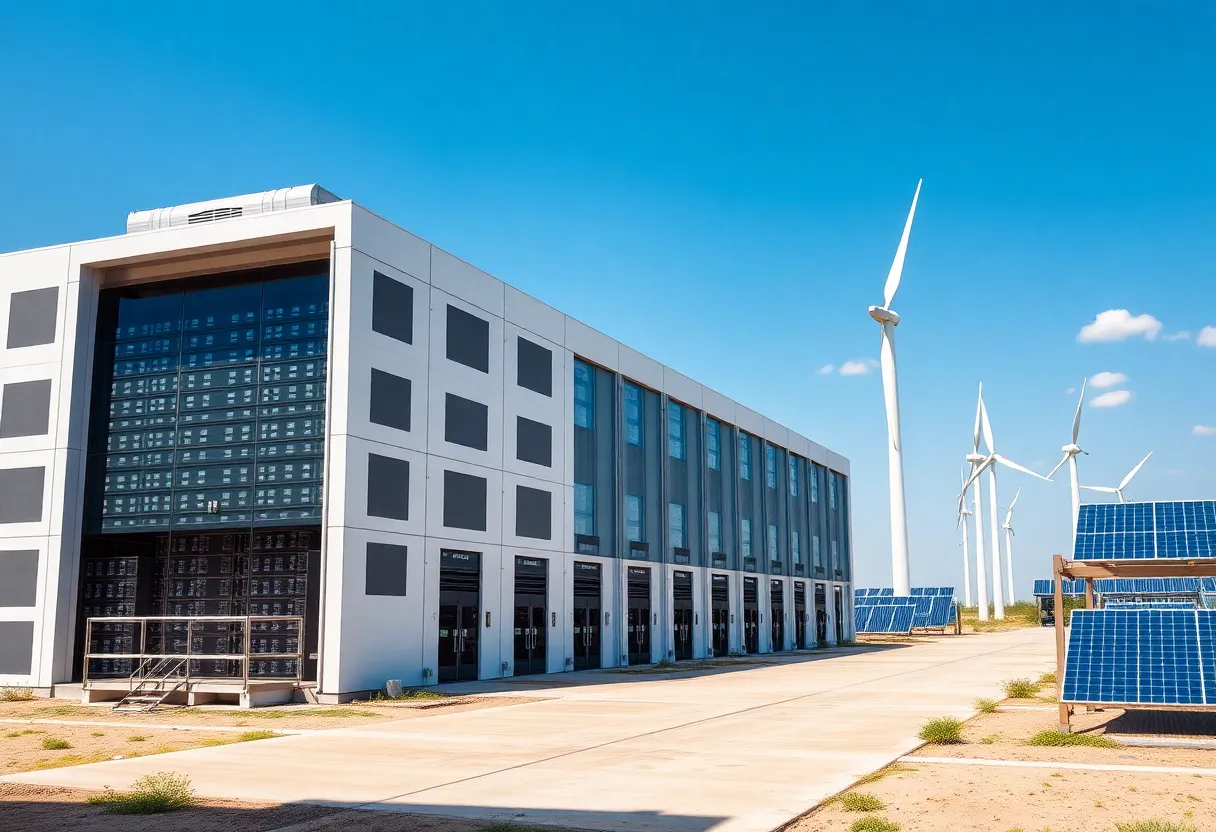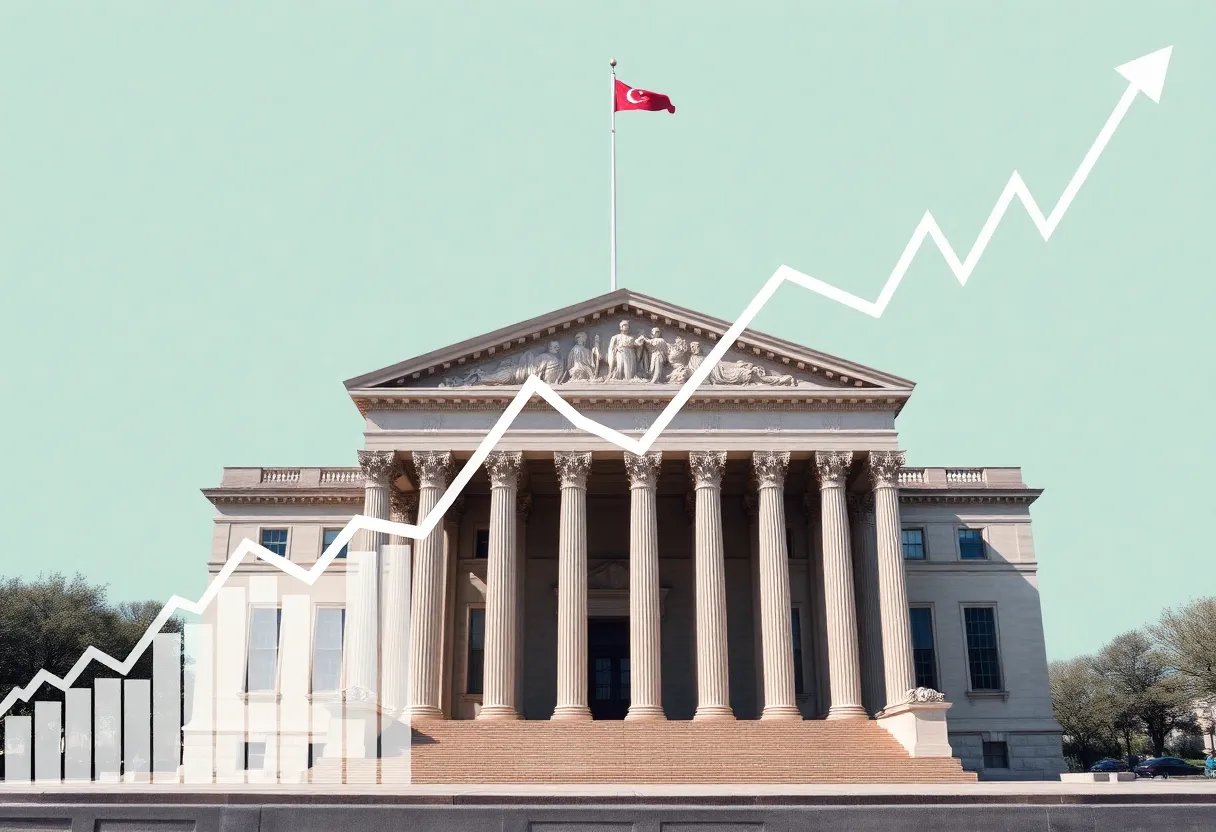News Summary
Texas is set to become the hub for an ambitious project by OpenAI and Nvidia, planning AI data centers with a staggering power demand of up to 17 gigawatts. This consumption will match the electricity needs of major cities like New York and countries like Switzerland. With a combined expected investment of $850 billion, the projects raise environmental and infrastructure concerns, amid fears of rising electricity prices and water shortages. Experts speculate that energy solutions will need to evolve significantly to support this new energy demand.
Texas is at the center of an ambitious project initiated by OpenAI and Nvidia, which aims to construct AI data centers that could consume up to 10 gigawatts of power. This staggering energy demand coincides with additional projects that bring total anticipated consumption to an estimated 17 gigawatts. To put this into perspective, this power requirement is comparable to the entire electricity needs of New York City and exceeds the power use during a record-breaking heat wave in San Diego.
The energy consumption from these new data centers is projected to be similar to the total electricity demands of Switzerland and Portugal combined. This significant increase in energy requirements has raised alarms among experts, with some estimating that computational power could account for between 10% and 12% of the world’s power consumption by 2030.
Infrastructure and Economic Implications
At the moment, the Texas grid, which will host one of the new data centers, operates at around 80 gigawatts. However, concerns are mounting about the ability to meet the growing demand for energy. An increase in the usage of AI tools like ChatGPT—which has surged ten-fold in just 18 months—was emphasized as a driving force behind the urgent need for updated infrastructure.
OpenAI’s projected investment for each data center is approximately $50 billion, leading to a total expected outlay of $850 billion for the comprehensive projects. As part of this initiative, Nvidia has pledged up to $100 billion to facilitate expansion, particularly in supplying millions of new GPUs vital for the operation of these centers.
Environmental Concerns
The planned data centers will not only impact power consumption but will also raise pressing environmental issues. Their requirements for cooling will necessitate large water usage, prompting worries about the already strained water supply in Texas. Reports indicate that data centers in San Antonio alone have consumed 463 million gallons of water in two years, leading to projections that total water consumption for Texas data centers could reach 49 billion gallons by 2025.
Additionally, the operation of these facilities may stress local ecosystems and threaten biodiversity. The anticipated rapid advancement of data center hardware raises concerns around waste, potentially including toxic materials due to constant obsolescence of technology.
Future Energy Solutions
In light of this energy consumption projection, there are deliberations on future energy solutions. While some leaders advocate for nuclear power, claiming its potential as a reliable energy source, experts remain skeptical about nuclear energy’s capacity to meet substantial demand before 2030. Current estimates suggest that nuclear could only provide less than 1 gigawatt within that timeframe.
Conversely, it is believed that renewable energy sources, such as wind and solar, along with natural gas, are more likely to dominate energy supplies for the upcoming data centers. However, many State lawmakers are pushing for regulations that would ensure that the costs associated with the necessary infrastructure upgrades do not fall unfairly on electricity customers.
Rising Electricity Prices and Regulations
The expansion of data centers is seen as contributing to rising electricity prices, potentially affecting consumers broadly, even those who do not utilize AI technologies. In Texas, energy demand from data centers is predicted to double or even quadruple by 2035 unless the infrastructure is significantly upgraded.
At present, there are no state regulations limiting water usage by data centers in Texas, which contrasts starkly with laws allowing for power reductions during energy crises. As companies and lawmakers delve deeper into the ramifications of expanding data centers, concerns are growing regarding their impact on both energy consumption and the environment.
Deeper Dive: News & Info About This Topic
- Fortune: Sam Altman’s AI Empire
- Wikipedia: Artificial Intelligence
- Axios: Texas Power Prices and AI Data Centers
- Google Search: Texas Data Centers
- Times of San Diego: Crackdowns on Data Centers
- Google Scholar: Data Centers Energy Consumption
- Science Daily: Data Center Innovations
- Encyclopedia Britannica: Data Centers
- Sustainable Brands: Reducing AI Resource Use
- Google News: AI Environmental Impact

Author: STAFF HERE NEW YORK WRITER
The NEW YORK STAFF WRITER represents the experienced team at HERENewYork.com, your go-to source for actionable local news and information in New York, the five boroughs, and beyond. Specializing in "news you can use," we cover essential topics like product reviews for personal and business needs, local business directories, politics, real estate trends, neighborhood insights, and state news affecting the area—with deep expertise drawn from years of dedicated reporting and strong community input, including local press releases and business updates. We deliver top reporting on high-value events such as New York Fashion Week, Macy's Thanksgiving Day Parade, and Tribeca Film Festival. Our coverage extends to key organizations like the Greater New York Chamber of Commerce and United Way of New York, plus leading businesses in finance and media that power the local economy such as JPMorgan Chase, Goldman Sachs, and Bloomberg. As part of the broader HERE network, including HEREBuffalo.com, we provide comprehensive, credible insights into New York's dynamic landscape.





